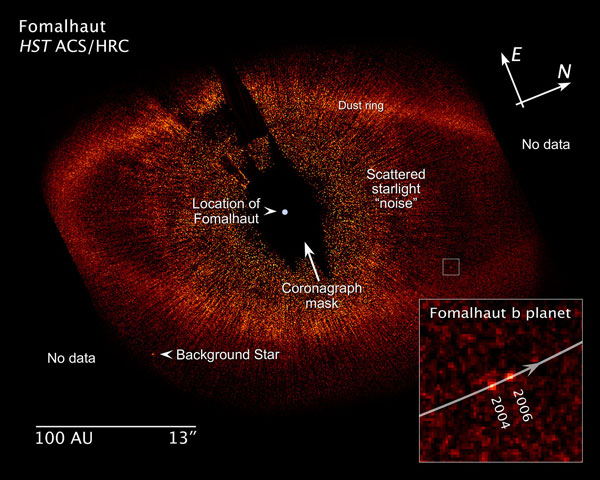From the known properties of stars and of the chemistry of water, astronomers can define “habitable zones” around stars where liquid water (and hence life) could exist on the surface of planets. Too close to the star, and water will boil; too far, and it will freeze. This so-called Goldilocks zone, where the temperature is just right, depends on both the distance from the star and the characteristics of the star itself. The habitable zone around luminous giant stars is further from the star than the habitable zone around faint dwarfs. Of course, as noted previously, life may also exist outside these zones, for example in subsurface oceans on icy moons heated from the moon’s interior.
We know that there are around 200 billion stars in our Galaxy. Recent research has revealed that most of them have planets, and that tens of billions of these planets are likely similar in size to Earth, made of rock, and orbit in their stars’ habitable zones. The question that remains to be answered is what fraction of those potentially habitable worlds host life. Even if life only originates on one out of every million habitable worlds this still implies tens of thousands of planets with life in our Milky Way Galaxy alone. Several methods have been proposed to detect such life, including searching for signatures of vegetation, or the presence of large amounts of oxygen in exoplanet atmospheres. Exoplanets are distant, faint, and difficult to see in contrast to their much brighter parent stars. But a few have been directly imaged, and proposed future missions will enable us to determine their atmospheric compositions.

Explore the Circumstellar Habitable Zone Simulator.
